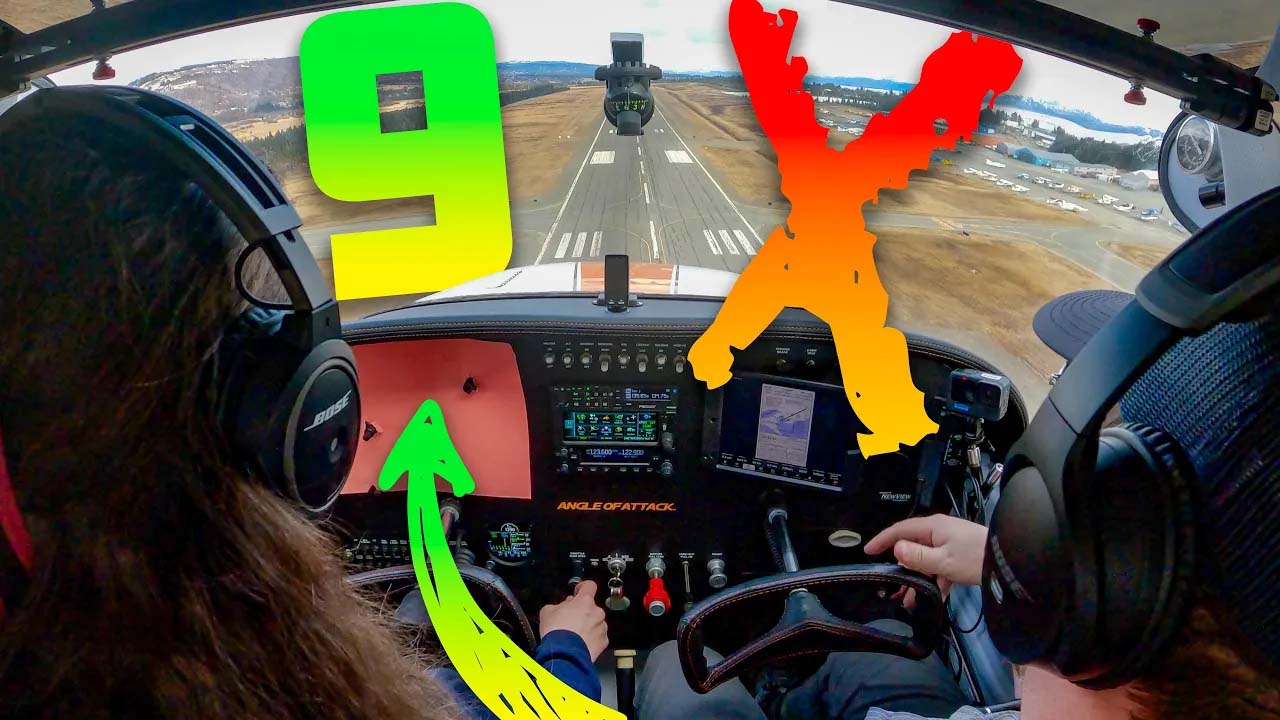
Today’s Flight Plan
After having just received my CFII, I find myself aware of a lot of things that make a good instrument pilot. They are things that I want to see in myself and things I expect of my future students, at least eventually.
That’s why I decided to do a podcast on the 11 Steps to Instrument Mastery. Of course, these aren’t the only steps that need to be taken, but they’re an awfully good start.
Truth be told, I wouldn’t be where I am today without the knowledge, help and mentorship of aviators that have gone before me, and are still a great part of the industry. I only hope that I can do a justice to their hard work and legacy in the future instrument students that I get to teach.
- Master the Scan
- Proficiency vs Recency
- Play nice with ATC (and NAS)
- Use a flight simulator
- Fly in actual conditions
- Practice variety of procedures/approaches
- Learn to use ForeFlight well
- Aim small, miss small (thanks Jason Miller)
- Configuration Charts
- Hands off Flying
- Continual Learning
Useful Links
Credits
Crew
Major thanks to the amazing Angle of Attack Crew for all their hard work over the years. Our team works incredibly hard, and they’re very passionate about what they do.
Now What?
iTunes Subscribe
Want to get regular updates through iTunes? This is the easiest way to automatically download your podcast, and take it on the go. Make sure to SUBSCRIBE HERE.
Email Signup
Want us to let you know via email when episodes of AviatorCast are released? We can do that, too. SIGNUP ABOVE.
Get Started Today!
Chief Flight Instructor and President of Angle of Attack. Founded in 2006.

Stay Connected
Be the very first to get notified when we publish new flying videos, free lessons, and special offers on our courses.






